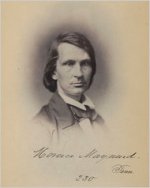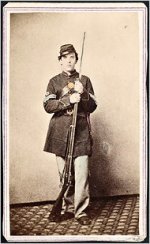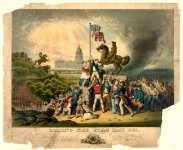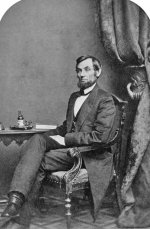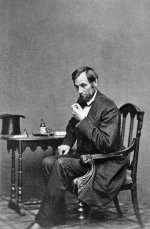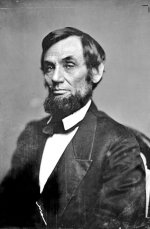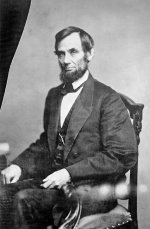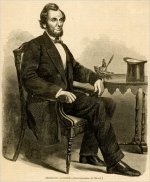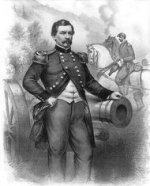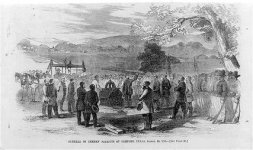Was Randall Lee Gibson, the son of a Southern well to do planter, black or white and did it matter?
In February 1861, just weeks after Louisiana seceded from the Union, Gibson enlisted as a private in a state army regiment. The son of a wealthy sugar planter and valedictorian of Yale’s Class of 1853, Gibson had long supported secession. Conflict was inevitable, he believed, not because of states’ rights or the propriety or necessity of slavery. Rather, a war would be fought over the inexorable gulf between whites and blacks, or what he called “the most enlightened race” and “the most degraded of all the races of men.”
Although Southern society was premised on slavery, the line between black and white was not a fine one. Since the 17th century, people descended from African slaves had been assimilating into white communities. Indeed, the founder of the Gibson clan, Gideon Gibson, was a free man of color.
However, preserving slavery mattered far more than whether your blood was pure. As long as you were a productive members of society that is what mostly mattered.
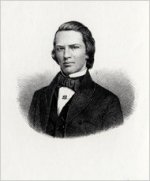
The article can be accessed
here.
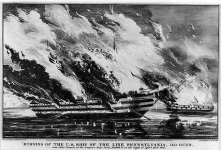



![disunion_25coddington_barnes-articleInline[1].jpg disunion_25coddington_barnes-articleInline[1].jpg](https://forum.treefrogtreasures.com/data/attachments/52/52073-0d88e34f1b31b3b1319d140d8ecb2335.jpg)
![26disunionimgC-blog427[1].jpg 26disunionimgC-blog427[1].jpg](https://forum.treefrogtreasures.com/data/attachments/52/52082-7ed2729ac01132195159d29f169c6f7e.jpg)
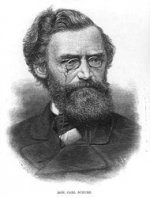
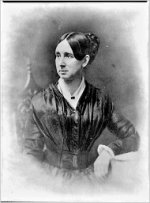
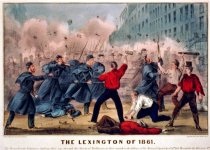
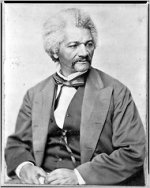
![disunion_kentucky_cartoon-blog427[1].jpg disunion_kentucky_cartoon-blog427[1].jpg](https://forum.treefrogtreasures.com/data/attachments/52/52936-a0aaf3ea40b4c69a5dcc87f8e6cc3a12.jpg)
